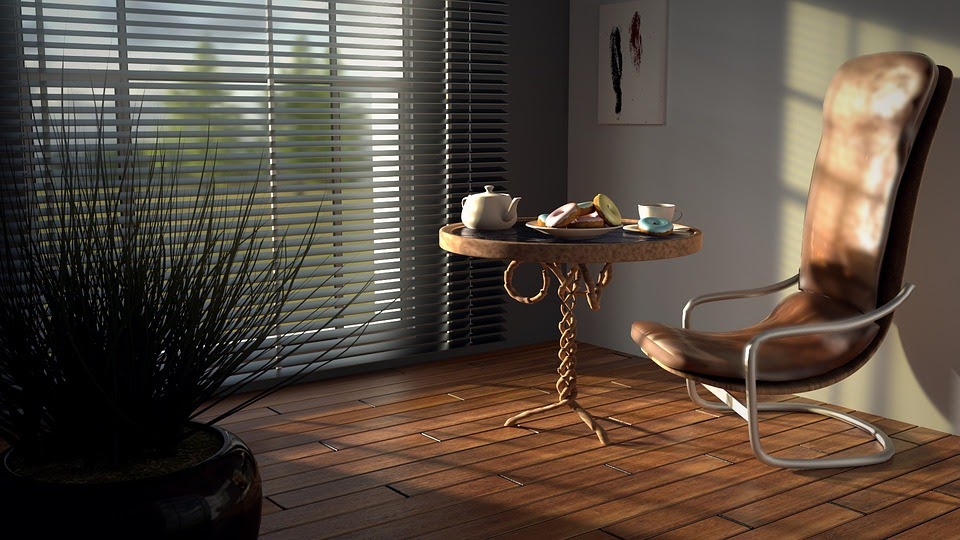Interior desinging and decoration Painting the surfaces like walls and wooden areas tips and guidance. How many coats of paint to be used on the surfaces of walls and wooden areas guidance.
Painting Tips and Quantity to be used on walls and wooden area
Textured paper, which can be stripped off more easily, may be a better solution. Painting Quantities in application before you start work, you will need to think about the surface you are painting and how many coats of paint it requires. This will be affected by the porosity of the surface to be painted as well as its texture. To help you plan and estimate the paint you need, the following general guidelines may be helpful: Painting new or bare wood – allow 3 coats: primer + 2 coats primer, undercoat, finish. Repaint – 2 or even 1 coat. Bare walls or ceiling – primer not necessary. Use 1 or 2 coats of emulsion.
Smaller paint quantities – for example, 250 mI, 100 ml, and 50 ml – are available in some brands. If you still find it difficult to “think metric”, it may help to remember that 500 ml and 1 liter are about 12 per cent less than 1 pint and 1 quart respectively; and that 212 liters and 5 liters are about 10 per cent more than the old half gallon and 1 gallon sizes. Calculating quantities To cover a smooth, sealed surface be guided by the coverage indicated on the can.
As a general guide, 1 liter of paint covers as follows: General-purpose primer Gloss paint One-coat gloss Emulsion paint 10-12 sq m 15 sq m 10 sq m 10-14 sq m
Applying paint
Once you have completed the necessary preparation of the surfaces give a final wipe over with a damp, lint-free cloth to remove any fine dust. The number of coats you apply depends on the under-color if any), the type of surface you are working on, and the quality of the paint you are using. It is always better to apply two, or even three, thin coats than a single thick one of topcoat. Always bear in mind that you can not rush the job, and you To work out paint quantities for a given room you should make a simple sketch and divide the walls into easily calculated areas – above the door, below the window, and so on.
Multiply the width by the height of each area and then add them all together. For standard windows with several panes, simply multiply the width of the overall frame by the depth, and treat it as a solid area. For large picture windows, make the same calculation but deduct 50 per cent. For metal windows, deduct 25 per cent. For flush doors, multiply the height of the doors by the width and add a further 10 per cent for the edges. For a paneled door, add 25 per cent. A little extra paint stored in a marked jar is useful for touching up. Squeeze out the excess paint by pressing the bristles gently against the inside of the paint kettle. Must repaint over an absolutely dry layer of paint. o Strain the paint into the kettle before starting. Load the brush by dipping it in to about half the depth of the bristles.
Apply the paint in two parallel strips a short distance apart, working along in the direction of the wood grain. Without reloading the brush, draw the bristles across the grain to spread the paint over the area. Finish off by brushing the paint film lightly along in the direction of the grain. Draw the brush out toward the edge of a surface to avoid affecting the color with a build-up of paint.
Preparing paint
Make sure the tin is free of loose dust and dirt before opening the lid. Check on the tin to see whether the paint needs stirring. If it does, use a length of wood. If you are using liquid paint, decant some into a paint kettle.

